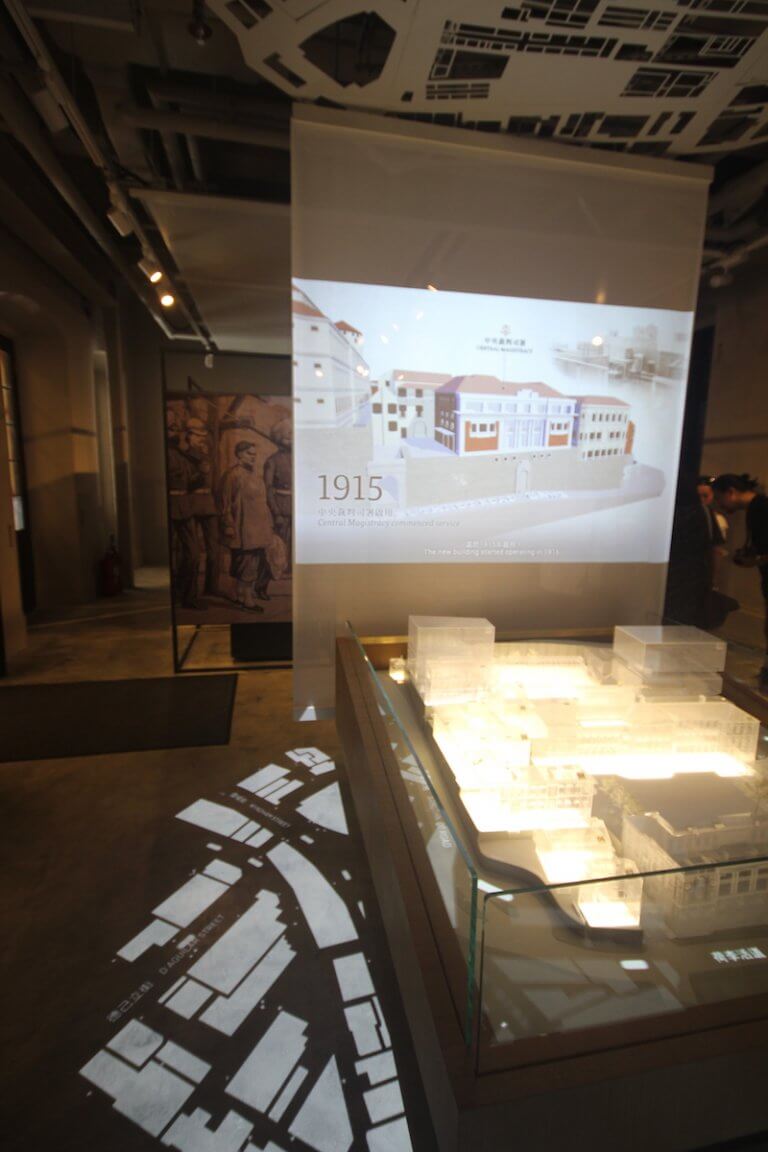
Already named in TIME magazine’s list of 100 greatest places for 2018, Tai Kwun has received a million visitors.
At an event to celebrate the milestone, the Hong Kong Jockey Club Chief Executive Officer Winfried Engelbrecht-Bresges said, “Tai Kwun has been open to the public for just a few months, and it is inspiring that Hong Kong people have really taken Tai Kwun into their hearts. We would like to thank all of our visitors for their warm and enthusiastic response to Tai Kwun and its diverse range of public programmes. Tai Kwun has proven to be a shining example of heritage conservation in Hong Kong.”
The Former Central Police Station Compound, built between 1841 and 1925, comprises 16 historic building grouped under the former Central Police Station, the Former Central Magistracy and the Victoria Prison. Most of the city’s historic colonial architecture had been bulldozed for development before the British government handed it back to China in 1997.
The first building in the Former Central Police Station Compound is a Magistrate’s House with jail blocks, which were built in 09Aug 1841. In the year of 1899, the Former Central Prison renamed into Victora Prison (or Victoria Gaol). The site underwent numerous expansions and reconstruction over the next century. In the year of 1862, the number of prisoners increased to 650, therefore the government decided to develop the land nearby. When Victoria Prison was decommissioned in 2006, the compound accomplished its mission as a law enforcement organization for Hong Kong.
In 2008, the Hong Kong SAR Government partnered with the Hong Kong Jockey Club to conserve the and revitalise the complex.
The revitalisation project is one of the most significant and most expensive revitalisation projects in Hong Kong. It has been led by the Hong Kong Jockey Club in partnership with the Government of the Hong Kong SAR. The HK$1.8 billion project was conceptualised in 2007 and conservation work started in 2011. The Hong Kong Jockey Club’s charities trust has spent over HK$3.7 billion so far since 2011 as of May 2018.
Winkle-picker was responsible for the interpretive planning and strategy of the museum and exhibition spaces across the entire site for over 9 years beginning in 2008.
